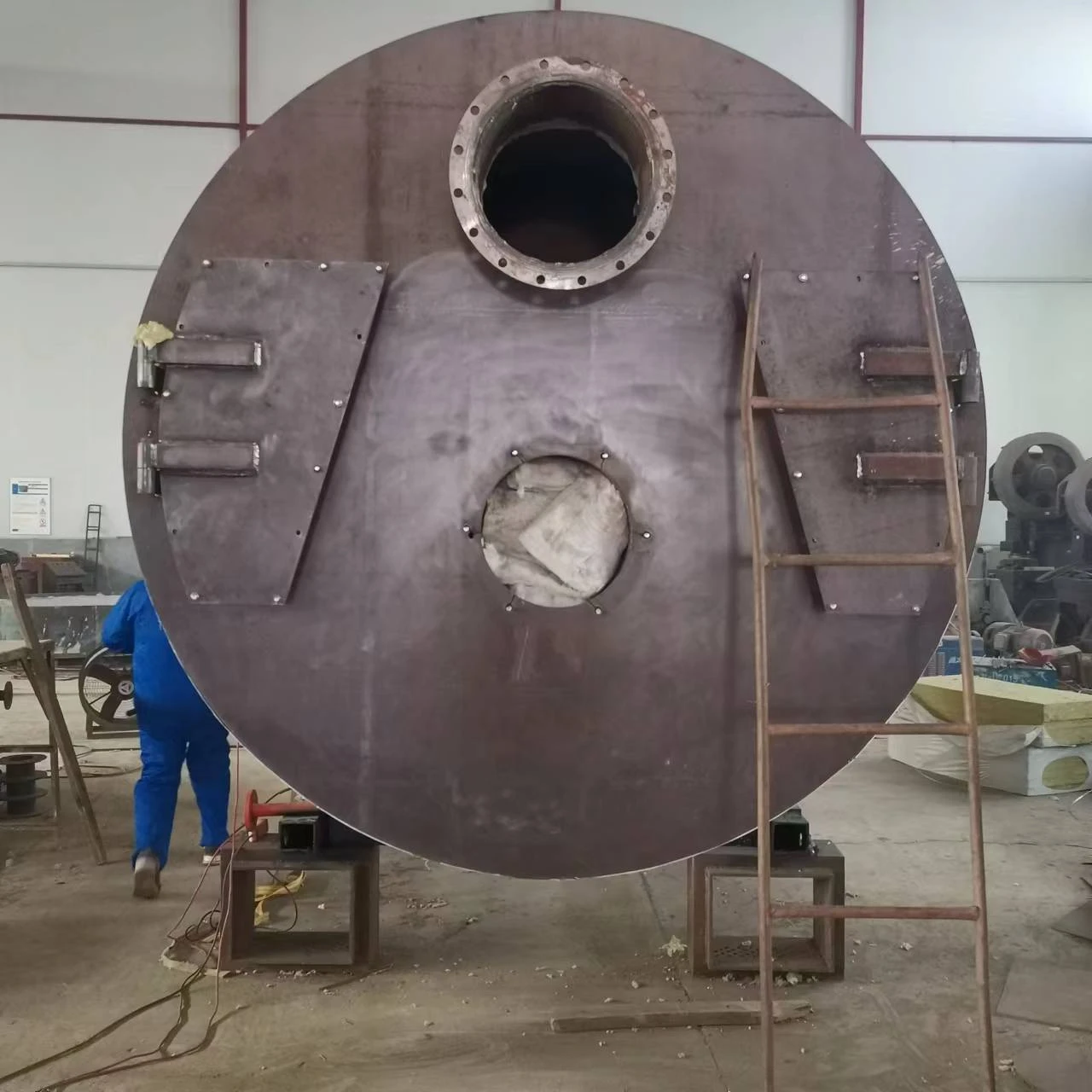
ທ.ວ. . 05, 2024 04:12 Back to list
Understanding Pressure Levels in Steam Boilers for Efficient Operation and Safety
Understanding Steam Boiler Pressure A Key to Efficient Operation
Steam boilers play a crucial role in various industries, serving as essential components for heating, power generation, and many industrial processes. One of the most important parameters in the operation of a steam boiler is pressure. Understanding steam boiler pressure is vital for ensuring safety, efficiency, and overall performance. In this article, we'll explore what steam boiler pressure is, the factors that influence it, and its implications for boiler operation.
What is Steam Boiler Pressure?
Steam boiler pressure refers to the pressure of steam generated within the boiler system. It is typically measured in pounds per square inch (PSI). In essence, this pressure is essential for the production of steam that can be utilized for heating or powering equipment. The pressure within the boiler affects the temperature of the steam; higher pressure correlates with higher steam temperature, which can improve the overall efficiency of various applications.
Types of Steam Pressure
Steam boilers can operate at various pressure levels, classified generally into two categories low-pressure and high-pressure boilers. Low-pressure boilers typically operate below 15 PSI, while high-pressure boilers function above this threshold. The choice of boiler pressure depends on the specific requirements of the application. Industries such as food processing or agriculture may favor low-pressure systems, whereas power generation or chemical manufacturing often requires high-pressure steam for efficient operation.
Factors Influencing Steam Boiler Pressure
Several factors influence the pressure within a steam boiler system
1. Heat Input The amount of heat applied to the boiler raises the temperature of the water, ultimately leading to increased steam pressure. The efficiency of the burner and fuel type also play crucial roles in determining heat input.
2. Water Quality Impurities in the feedwater, such as minerals and salts, can lead to scaling and fouling within the boiler. This impairs heat transfer and can cause pressure fluctuations.
steam boiler pressure

3. Load Conditions The steam load, or the demand for steam, affects pressure levels. A sudden spike in demand can lead to a drop in pressure if the boiler cannot respond quickly enough.
4. Operational Consistency Maintaining consistent operational practices reduces fluctuations in pressure. Regular maintenance and monitoring can prevent anomalies that might lead to pressure loss.
5. Safety Devices Safety features such as pressure relief valves and cut-off switches help regulate pressure within safe limits. These not only protect the boiler from potential damage but also ensure that it operates efficiently.
Implications of Pressure Management
The management of steam boiler pressure has significant implications on energy efficiency, safety, and operational life
- Energy Efficiency Properly maintained pressure levels enhance the efficiency of the steam system. Excessively high pressure can lead to energy wastage, while low pressure may result in inadequate steam supply. Balancing these two extremes is crucial for optimal operation.
- Safety Concerns High-pressure systems pose potential safety hazards, including the risk of explosions. Therefore, continuous monitoring is essential to prevent dangers associated with overpressure situations.
- Wear and Tear Elevated pressure levels can lead to increased wear on boiler components. Regular inspection and maintenance, including assessing pressure readings, are vital for prolonging the lifespan of the boiler and minimizing repair costs.
Conclusion
In conclusion, steam boiler pressure is a fundamental aspect that impacts the efficiency, safety, and longevity of a steam boiler system. Understanding the factors influencing pressure, as well as how to manage and maintain it, is crucial for operators in various industries. By ensuring that pressure levels are monitored and adjusted appropriately, organizations can achieve optimal performance from their steam systems, ultimately leading to improved productivity and reduced operational costs. Whether in industrial settings or urban infrastructure, the principles of steam boiler pressure remain a cornerstone of effective steam management.
-
Efficient Biomass Fired Hot Water Boiler | AI Heating Solution
NewsAug.01,2025
-
High-Efficiency Gas Thermal Oil Boilers | HPT Models
NewsJul.31,2025
-
Oil Fired Hot Water Boilers Sale - High Efficiency & Affordable
NewsJul.31,2025
-
High-Efficiency Commercial Oil Fired Steam Boiler for Industry
NewsJul.30,2025
-
High-Efficiency Biomass Fired Thermal Oil Boiler Solutions
NewsJul.30,2025
-
High Efficiency Gas Fired Thermal Oil Boiler for Industrial Heating
NewsJul.29,2025
Related PRODUCTS






















